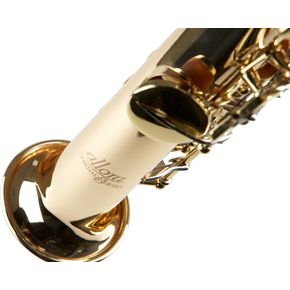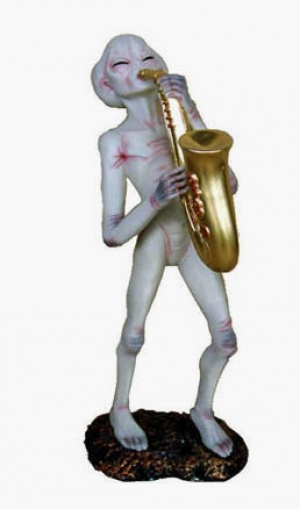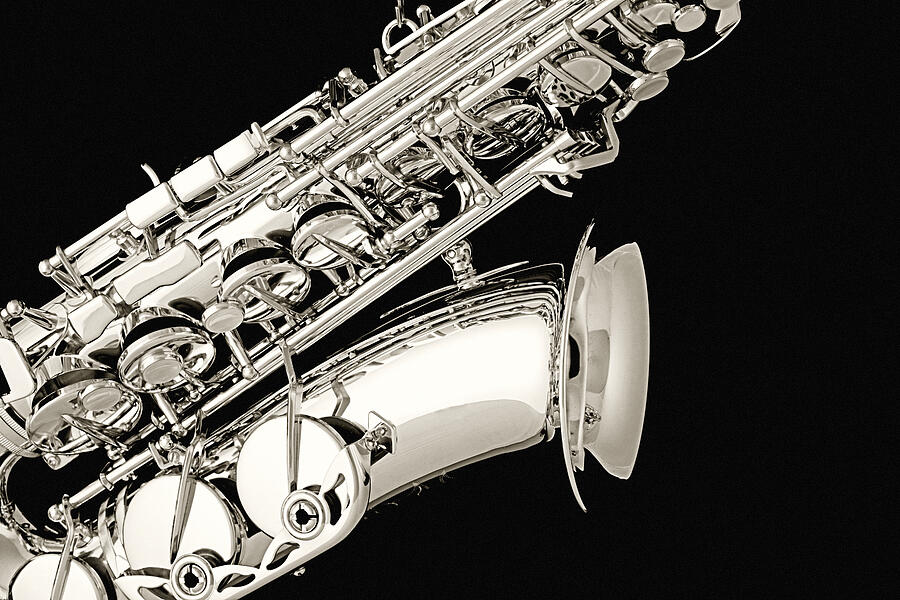Covers
Music offers the unique ability to replicate another person's work and not have it be considered illegal or immoral. With the proper permissions, a musician can cover another band or artist's work. There are right and wrong ways to do this, as I'll try to explain briefly:
The wrong way is to follow identically what a previous artist has already produced. Commonly, this includes most amateur pop/rock guitarists or vocalists- that is, many of the people who play only well-known and pre-established works. I've tried jamming with such people and, while they may sometimes provide good alternatives to the original in a cover band, they (let me express that I'm talking generally) cannot follow a jam session. This musicality leads to bad covering. Simply, it is being able to do nothing other than look up tabs and replicate.
So let me explain the good cover bands/artists/pieces, so as not to simply sound arrogant and biased. To cover a piece well, you should dissect said piece. You should take it apart, identify all moving parts, and put it back together. Given this, you shouldn't put the music back together the same way you took it apart: you should piece each part together slightly different than how you originally found it. To cover isn't to copy. To cover is to take an already established piece of music and make it your own (but with obvious credit, where credit is due).
My point overall, is that it takes far more musicality to cover correctly than it does to simply duplicate someone else's work. It's hard work, and it's so for a reason- because when you finish, the result is unique and amazing.
I've personally worked on a few covers. That said, I never finished a project, for lots of reasons, but I don't mind- the process is fun. In my case, I generally take a unique piece from something, say Doctor Who or The Legend of Zelda, and replace certain leads (vocals, flute, etc) with a saxophone (what I play). After this, I play around with rhythms and dynamics. The product turns out delightfully different.
Others have done things drastically different: I heard a metal song be turned into old school blues, and one of my favorite artists took a classical piece and flipped it into smooth jazz.
Covering is an art- fitting, that it thrives in music. It is no place for narrow mindedness. I don't mean this to sound mean, rather to get people to understand that there's more to musical covers.
Let the below works be an example (mp3/4 examples):














